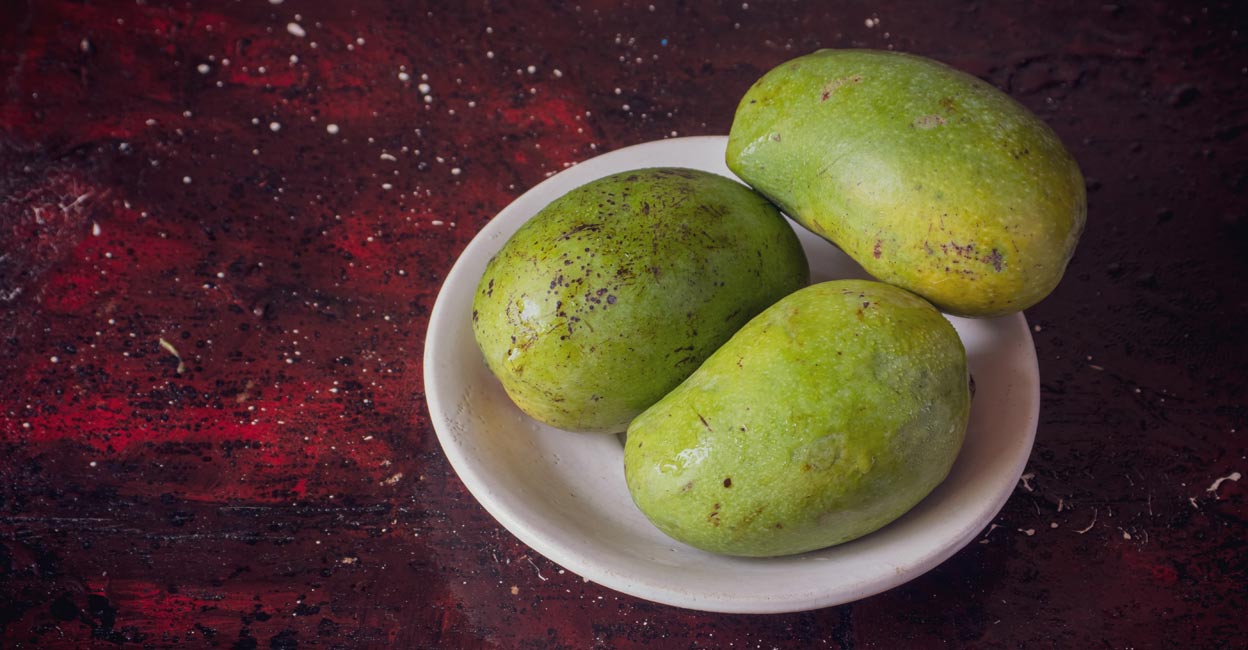

Articles
How To Store Unripe Mangoes
Modified: May 6, 2024
Learn the best ways to store unripe mangoes and enjoy their deliciousness throughout the year with our informative articles.
(Many of the links in this article redirect to a specific reviewed product. Your purchase of these products through affiliate links helps to generate commission for Storables.com, at no extra cost. Learn more)
Introduction
Mangoes are one of the most delicious and popular fruits enjoyed by people all over the world. With their sweet and tangy taste, they are a refreshing treat during the summer season. While ripe mangoes are often eaten right away, there are times when we come across unripe mangoes that need to be stored for later use. In this article, we will explore the art of storing unripe mangoes and how to make the most of this versatile fruit.
Storing unripe mangoes is beneficial for several reasons. First, it allows you to enjoy mangoes even when they are not in season. By properly storing unripe mangoes, you can extend their shelf life and savor their flavors long after the mango season has ended. Additionally, unripe mangoes are commonly used in various culinary applications, such as pickles, chutneys, and salads. By storing them properly, you can have a steady supply of unripe mangoes on hand for your favorite recipes.
When it comes to choosing unripe mangoes for storage, there are a few factors to consider. Look for mangoes that are firm to the touch and have a vibrant green color. Avoid mangoes that have any soft spots or blemishes as they may spoil quickly. It is also important to select mangoes that have a strong aroma, as this indicates their freshness and potential for ripening.
Before storing unripe mangoes, it is essential to prepare them properly. Start by gently washing the mangoes under cool water to remove any dirt or debris. Pat them dry with a clean towel or paper towel. Next, remove the stems or leaves from the mangoes, as they can cause moisture buildup and accelerate spoilage. You can easily do this by twisting or cutting off the stem using a sharp knife.
Now that the mangoes are prepared, there are two primary methods for storing unripe mangoes: at room temperature and in the refrigerator. Each method has its advantages and it depends on how quickly you want the mangoes to ripen. If you prefer a slower ripening process, storing them in the refrigerator is the way to go. However, if you want the mangoes to ripen faster, keeping them at room temperature is the better option.
Key Takeaways:
- Enjoy mangoes year-round by storing unripe ones at room temperature for a slower ripening process or in the refrigerator to control ripening timing and extend their availability.
- Select firm, vibrant green unripe mangoes, prepare them by washing and removing stems, and use techniques like the paper bag method or warm water bath to ripen them quickly when needed.
Read more: How To Store Mango
Why Store Unripe Mangoes
Storing unripe mangoes can be a smart and practical choice for several reasons. Let’s explore why it is beneficial to store unripe mangoes and how it can enhance your culinary experience.
1. Extended Availability: Mangoes are seasonal fruits, and their availability is limited to specific times of the year. By storing unripe mangoes, you can enjoy this delicious fruit even when it is out of season. It allows you to satisfy your mango cravings throughout the year and relish their unique flavors whenever you desire.
2. Culinary Versatility: Unripe mangoes have a distinct taste and texture that makes them perfect for various culinary applications. They are commonly used in pickles, chutneys, salads, and even in savory dishes. By having a stash of unripe mangoes, you can experiment with different recipes and add a tangy and refreshing twist to your meals.
3. Cost-Effective: Mangoes are often more affordable when they are in season. By purchasing unripe mangoes in bulk and storing them, you can save money in the long run. It allows you to take advantage of the lower prices and enjoy mangoes even when they are considered a premium fruit.
4. Seasonal Gifting: Mangoes are also popular as gifts during festive seasons or special occasions. Storing unripe mangoes enables you to buy them in advance and present your loved ones with delicious ripe mangoes when the time comes. It adds a personal touch and shows your thoughtful planning and consideration.
5. Preserving Nutritional Value: Unripe mangoes are packed with essential nutrients such as Vitamin C, Vitamin A, and fiber. By storing them properly, you can preserve their nutritional value and reap the health benefits they offer. Including mangoes in your diet is a great way to boost your immunity, improve digestion, and support overall well-being.
Now that you understand the benefits of storing unripe mangoes, let’s delve into the process of selecting the right mangoes for storage and preparing them for optimal preservation.
Choosing the Right Unripe Mangoes
When it comes to storing unripe mangoes, choosing the right ones is crucial. The quality and condition of the mangoes will determine how well they will ripen and how long they can be stored. Here are some tips for selecting the perfect unripe mangoes for storage:
1. Firmness: Look for mangoes that are firm to the touch. Gently press the mangoes with your fingertips, and they should not give in easily. Soft or mushy mangoes are likely overripe and may not store well.
2. Color: Unripe mangoes are typically green, but the shade of green can vary. Look for mangoes that have a vibrant, even green color. Avoid mangoes with patches of yellow or any signs of discoloration, as these may indicate that the mangoes are already ripening.
3. Size and Shape: Mangoes come in various sizes and shapes, depending on the variety. Choose mangoes that are uniform in size and have a symmetrical shape. Irregular or misshapen mangoes may have uneven ripening or may spoil more quickly.
4. Aroma: Although unripe mangoes may not have the strong fruity aroma that ripe mangoes are known for, they should still have a subtle fragrance. Sniff the stem end of the mangoes to check for any odor. A pleasant and fresh aroma indicates that the mangoes are in good condition.
5. Blemishes: Inspect the mangoes carefully for any blemishes or bruises. Unripe mangoes should be free from any soft spots or visible damage. Any cuts or blemishes on the skin can lead to spoilage and affect the quality of the mangoes.
It’s important to note that the specific variety of mango can also impact the taste, texture, and ripening process. Different mango varieties have different levels of sweetness, tartness, and firmness. Experiment with different varieties to find the ones that suit your preferences and culinary needs.
Once you have selected the perfect unripe mangoes, it’s essential to prepare them properly before storing. The next section will guide you through the steps of preparing the mangoes for storage.
Preparing the Mangoes for Storage
Properly preparing the mangoes before storage is essential to ensure their freshness and longevity. Follow these steps to prepare the mangoes for optimal storage:
1. Washing: Start by gently washing the mangoes under cool, running water to remove any dirt or debris on the skin. Do not use soap or any harsh chemicals, as this can affect the flavor and texture of the mangoes. Be gentle while washing to avoid bruising or damaging the mangoes.
2. Drying: After washing, carefully pat the mangoes dry with a clean towel or paper towel. It’s important to remove any excess moisture, as moisture can promote the growth of mold and hasten spoilage. Make sure the mangoes are completely dry before proceeding to the next step.
3. Removing Stems or Leaves: Next, remove the stems or leaves from the mangoes. These parts can cause moisture buildup and accelerate ripening or spoilage. Gently twist or cut off the stem with a sharp knife. Be careful not to cut into the flesh of the mango.
4. Optional Peeling: Depending on your preference and the intended use of the mangoes, you can choose to peel the skin or leave it intact. If you plan to use the mangoes for pickles, chutneys, or salads, peeling the skin may be necessary. Use a vegetable peeler or a knife to carefully remove the skin, following the contour of the mango.
5. Slicing (Optional): If you prefer to store the mangoes in pre-cut slices, you can carefully slice them following your desired thickness. However, keep in mind that sliced mangoes tend to dry out faster than whole mangoes. It’s best to store them in an airtight container to prevent moisture loss.
Once the mangoes are prepared, it’s time to decide on the storage method. There are two primary methods: storing unripe mangoes at room temperature or refrigerating them. The next sections will explore each storage method in detail, along with their advantages and considerations.
Storing Unripe Mangoes at Room Temperature
Storing unripe mangoes at room temperature is a common method that allows the fruit to gradually ripen over time. Follow these steps to successfully store unripe mangoes at room temperature:
1. Choose an Ideal Location: Find a cool and well-ventilated area in your home to store the mangoes. Ensure that the temperature is consistent, as extreme temperature fluctuations can impact the ripening process. Avoid placing the mangoes near direct sunlight or heat sources, as this can cause them to ripen too quickly or even spoil.
2. Arrange the Mangoes: Place the mangoes in a single layer in a fruit bowl, basket, or on a clean and dry countertop. Avoid stacking or overcrowding the mangoes, as this can lead to bruising and prevent proper air circulation around the fruit.
3. Check Regularly: Periodically check the mangoes for ripeness by gently pressing them. Over time, you will notice changes in firmness and color. The mangoes will start to soften and develop a yellow hue, indicating that they are ripening. This process can take anywhere from a few days to a week, depending on the initial ripeness of the mangoes and the ambient temperature.
4. Rotate the Mangoes: To ensure even ripening, gently rotate the mangoes every few days. This helps distribute the natural ethylene gas produced by the fruit, which promotes the ripening process. Avoid excessive handling or squeezing the mangoes, as this can cause bruising and accelerate spoilage.
5. Enjoy the Ripe Mangoes: Once the mangoes have reached the desired ripeness, it’s time to enjoy them! Carefully cut into the mangoes and savor the juicy flesh. If you have more mangoes than you can consume at once, you can refrigerate the ripe mangoes to prolong their freshness.
Storing unripe mangoes at room temperature is ideal if you prefer a slower ripening process or if you want to have a continuous supply of ripe mangoes over an extended period. However, if you want to speed up the ripening process or if you have a large quantity of unripe mangoes, refrigeration may be a more suitable option.
Store unripe mangoes at room temperature to allow them to ripen naturally. Once ripe, transfer them to the refrigerator to extend their shelf life.
Read more: How To Store Unripe Tomatoes
Storing Unripe Mangoes in the Refrigerator
Refrigeration is an effective method for storing unripe mangoes. It slows down the ripening process and helps preserve the freshness of the fruit. Follow these steps to store unripe mangoes in the refrigerator:
1. Choose Ripe-Ready Mangoes: Select unripe mangoes that are on the verge of ripening. Look for mangoes that have a slight give when gently pressed and exhibit a yellowish tint around the stem. These mangoes are more likely to ripen properly in the refrigerator.
2. Wrap Individually: Carefully wrap each mango in a soft paper towel or place them in separate plastic bags. Wrapping the mangoes helps absorb excess moisture and prevents them from drying out in the cold environment of the refrigerator. Make sure the wrapping is secure but not too tight, allowing some air circulation.
3. Store in the Produce Drawer: Place the wrapped mangoes in the produce drawer of your refrigerator, which usually has a slightly higher humidity level than the main compartment. The increased humidity helps slow down the ripening process while maintaining the optimal texture of the mangoes.
4. Avoid Overcrowding: Do not overfill the produce drawer or stack too many mangoes on top of each other. Overcrowding can lead to uneven ripening and increased pressure, which may cause the mangoes to bruise or spoil more quickly. Leave space for air circulation between the mangoes.
5. Check Regularly: Every few days, inspect the mangoes to monitor their ripening progress. Remove any mangoes that show signs of spoilage, such as mold or severe blemishes. If you notice any mangoes ripening faster than desired, remove them from the refrigerator and allow them to continue ripening at room temperature.
6. Ripen Before Consumption: When you are ready to enjoy the mangoes, remove them from the refrigerator and allow them to sit at room temperature for a couple of days. This will help them reach their optimal ripeness and enhance their flavor and texture. The exact time required for ripening will depend on the initial ripeness of the mangoes and the ambient temperature.
Storing unripe mangoes in the refrigerator is a great option if you want to extend their shelf life and have more control over the ripening process. It’s especially useful for those who have a large quantity of unripe mangoes or want to enjoy ripe mangoes over an extended period of time.
Checking for Ripeness
Knowing how to determine the ripeness of mangoes is crucial to enjoy them at their peak flavor and texture. Here are some methods to check for ripeness:
1. Firmness Test: Gently squeeze the mango around the stem area with your fingertips. A ripe mango will yield slightly to pressure, but it should not be too soft or mushy. If it feels firm, it is unripe. If it feels overly soft, it may be overripe.
2. Color Check: Look at the color of the mango. Depending on the variety, a ripe mango can have patches of yellow or a reddish blush on its skin. However, it’s important to note that some mango varieties remain green even when ripe. Use color as a general guide but combine it with other ripeness indicators.
3. Aroma Test: Give the mango a gentle sniff near the stem end. A ripe mango will have a sweet, fragrant aroma. If the mango has no noticeable smell, it is likely unripe. However, if it has a strong, overly sweet or fermented smell, it may be overripe or spoiled.
4. Skin Texture: Run your fingers over the skin of the mango. A ripe mango will feel smooth and slightly taut, with no wrinkling or shriveling. If the skin feels hard and smooth, the mango is unripe. If it feels wrinkled or excessively soft, it may be overripe or starting to spoil.
5. Taste Test (optional): If you are comfortable with sampling a small piece, you can taste a small portion to assess the sweetness and flavor. Ripe mangoes have a perfect balance of sweetness and tanginess, with a juicy and tender flesh. If the mango tastes sour or astringent, it is not yet ripe.
Keep in mind that the ripening process varies for each mango and depends on factors such as variety, ripeness at purchase, and storage conditions. It’s best to use a combination of these methods to determine the ripeness of your mangoes before consumption or further storage.
If you have stored unripe mangoes and want to accelerate the ripening process, there are a few techniques you can try. The next section will explore how to ripen unripe mangoes effectively.
Ripening Unripe Mangoes
If you have unripe mangoes that you wish to ripen quickly, there are several methods you can try to speed up the process. Here are some effective techniques to ripen unripe mangoes:
1. Paper Bag Method: Place the unripe mangoes in a paper bag. Adding an ethylene-producing fruit like a banana or apple to the bag can help expedite the ripening process. Ethylene is a natural gas that fruits produce, and it helps initiate ripening. Close the bag tightly and leave it at room temperature. Check the mangoes every day to monitor their ripening progress.
2. Wrap in Newspaper: Alternatively, wrap each unripe mango individually in newspaper. This method creates a closed environment that traps ethylene gas and speeds up the ripening process. Place the wrapped mangoes in a warm area of your kitchen, like on top of the refrigerator or near a window, and check them regularly until they reach the desired ripeness.
3. Warm Water Bath: Fill a basin or large bowl with warm water. Immerse the unripe mangoes in the warm water for about 10 to 15 minutes. The warmth and moisture can help trigger the ripening process. After the bath, pat the mangoes dry and let them air-dry for a few minutes before storing them at room temperature.
4. Bury in Rice: In this method, place unripe mangoes in a container filled with uncooked rice. The rice absorbs excess moisture and helps regulate the ripening process. Make sure the mangoes are completely buried in the rice. Keep the container in a warm, dry place, and check the mangoes regularly to monitor their ripening progress.
5. Heat Exposure: If you need to ripen the mangoes quickly, you can subject them to a controlled amount of heat. Place the mangoes in a closed container or a microwave-safe bag and gently heat them in short bursts, checking for ripeness in between. Be cautious not to overheat the mangoes, as they can become overly soft or develop hot spots that can affect the flavor and texture.
Remember, while these methods can speed up ripening, the flavor and texture of the mangoes may not be the same as naturally ripened ones. Keep an eye on the mangoes to prevent them from becoming overripe or spoiling. Once the mangoes are ripe, promptly store them in the refrigerator or consume them to maintain their optimal flavor and freshness.
Now that you have learned different techniques to ripen unripe mangoes, you can enjoy the sweet and juicy flavors of this tropical fruit whenever you desire.
Conclusion
Storing unripe mangoes allows you to enjoy the delicious flavors of this tropical fruit beyond its typical season. Whether you want to extend mango availability, explore culinary possibilities, or save money, proper storage is the key to preserving the freshness and taste of unripe mangoes.
Choosing the right unripe mangoes plays a crucial role in successful storage. Look for firm mangoes with vibrant green colors and a subtle fragrance. Preparing the mangoes involves washing them, removing stems or leaves, and optionally peeling or slicing them as desired.
There are two primary storage methods to consider: room temperature and refrigeration. Storing unripe mangoes at room temperature provides a slower ripening process, allowing you to enjoy ripe mangoes over an extended period. On the other hand, refrigeration slows down the ripening process, making it ideal for storing larger quantities of unripe mangoes or controlling ripening timing.
When checking for ripeness, use a combination of methods including firmness, color, aroma, skin texture, and taste tests to determine the best time to enjoy the mangoes. Additionally, if you have unripe mangoes that need to ripen quickly, techniques such as the paper bag method, warm water bath, or heat exposure can help expedite the ripening process.
In conclusion, storing unripe mangoes allows you to enjoy the wonderful flavors and versatility of mangoes year-round. By selecting the right mangoes, preparing them properly, and storing them in the appropriate conditions, you can ensure a steady supply of delicious and ripe mangoes for your culinary endeavors or simply for enjoying as a refreshing treat.
So, the next time you come across unripe mangoes, take the opportunity to store and ripen them to fully enjoy the tropical goodness they offer. Happy mango storing and ripening!
Now that you've mastered storing unripe mangoes, why stop there? Extend your savvy to other fruits with our insightful guide on fruit storage, where you'll find practical tips and creative solutions for keeping all your favorite fruits fresh and tasty. Whether you're dealing with seasonal harvests or just want to prolong the life of your market buys, our guide has got you covered with smart, easy-to-implement strategies. Don't miss out on making the most of every fruit in your basket!
Frequently Asked Questions about How To Store Unripe Mangoes
Was this page helpful?
At Storables.com, we guarantee accurate and reliable information. Our content, validated by Expert Board Contributors, is crafted following stringent Editorial Policies. We're committed to providing you with well-researched, expert-backed insights for all your informational needs.
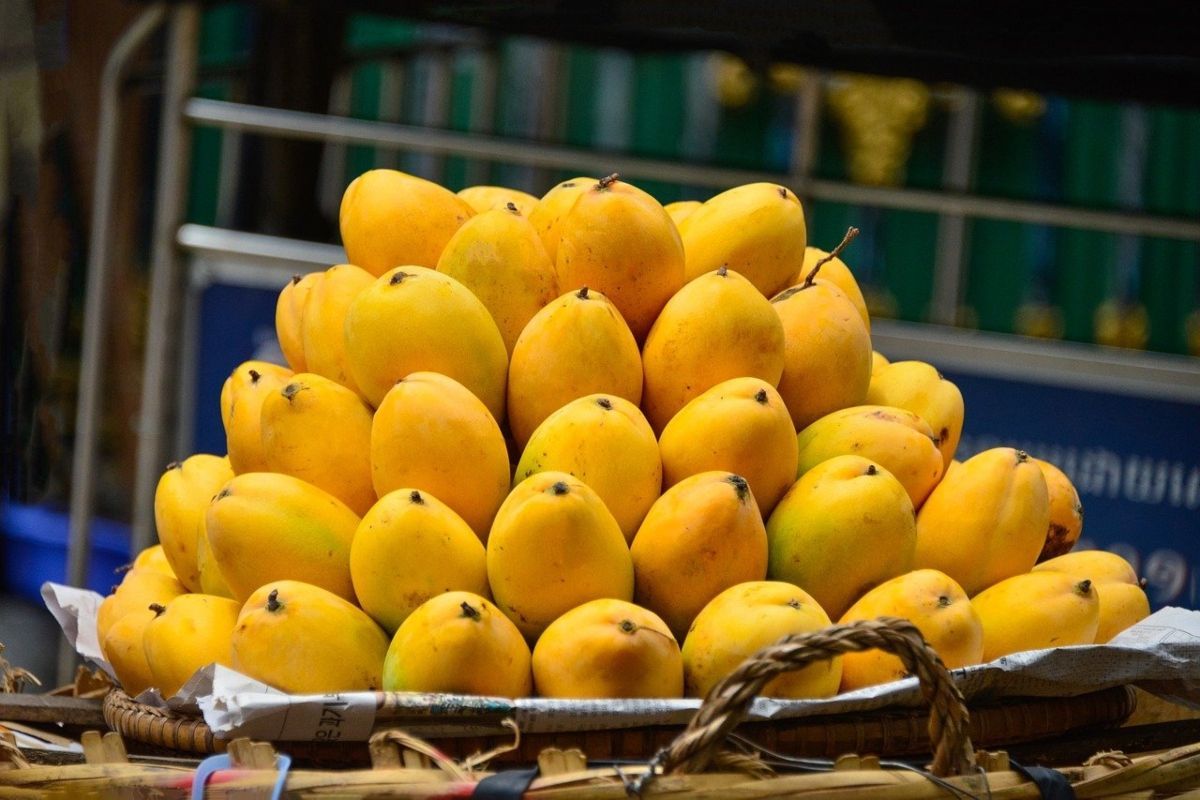
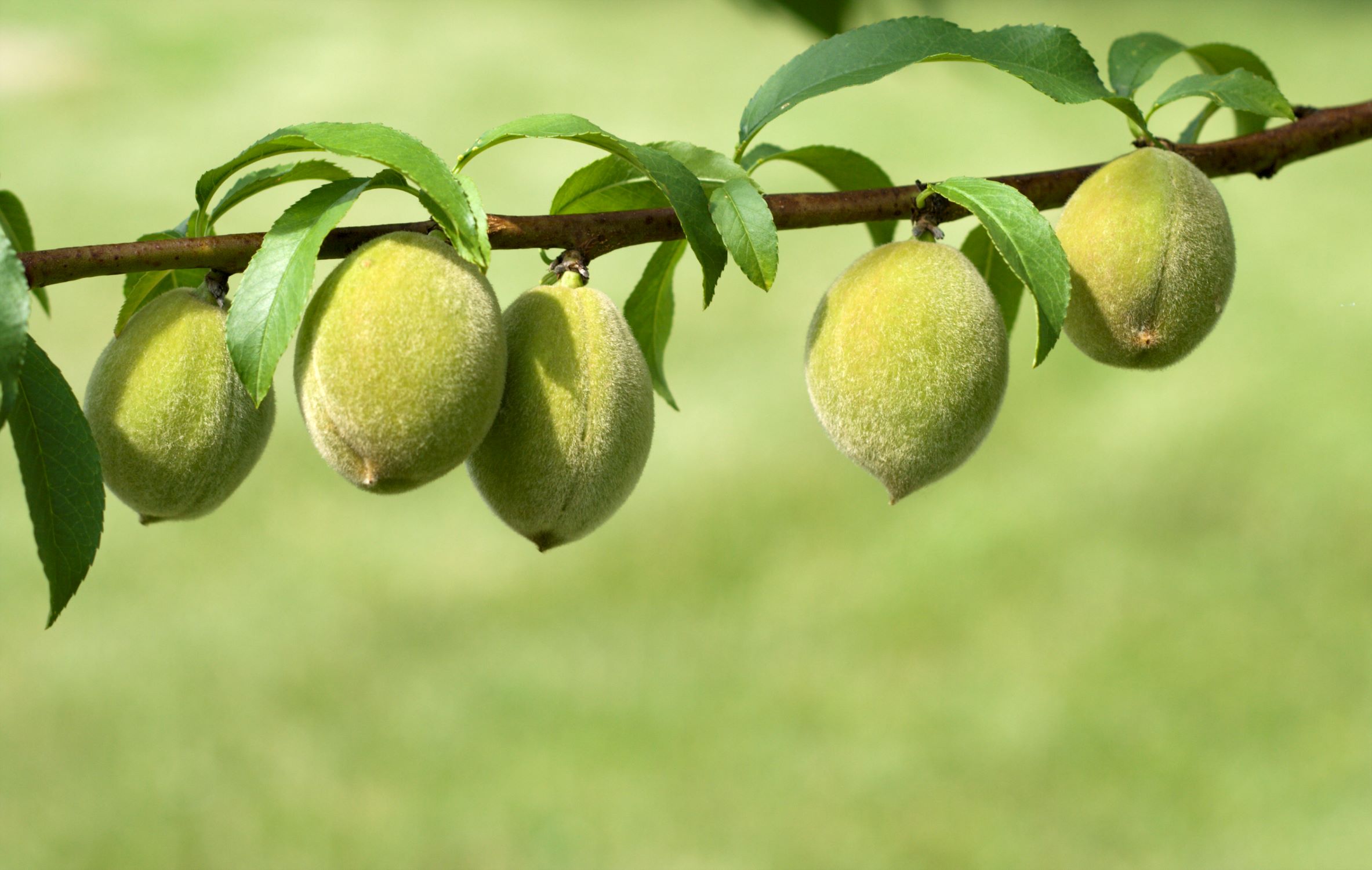
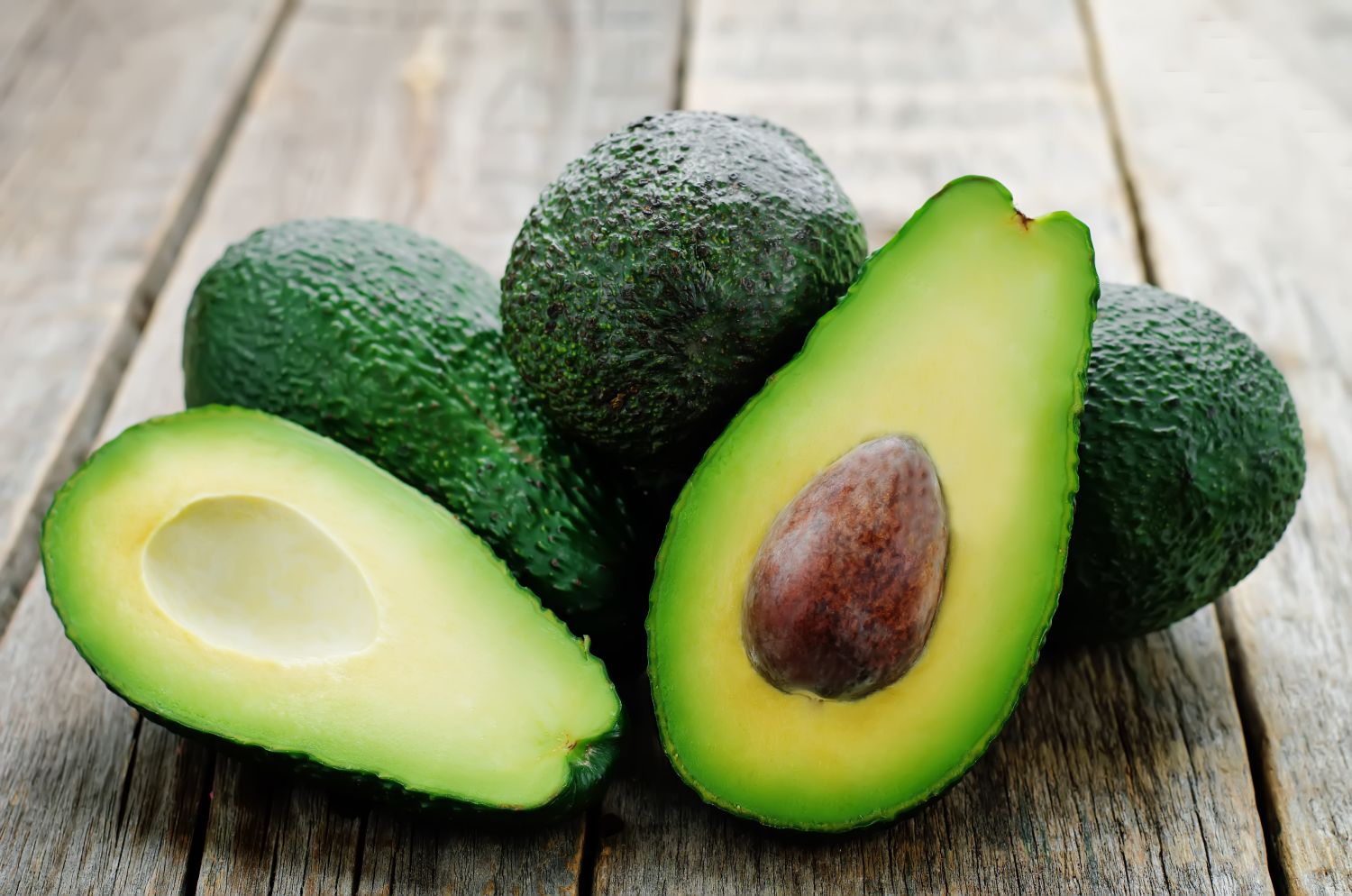
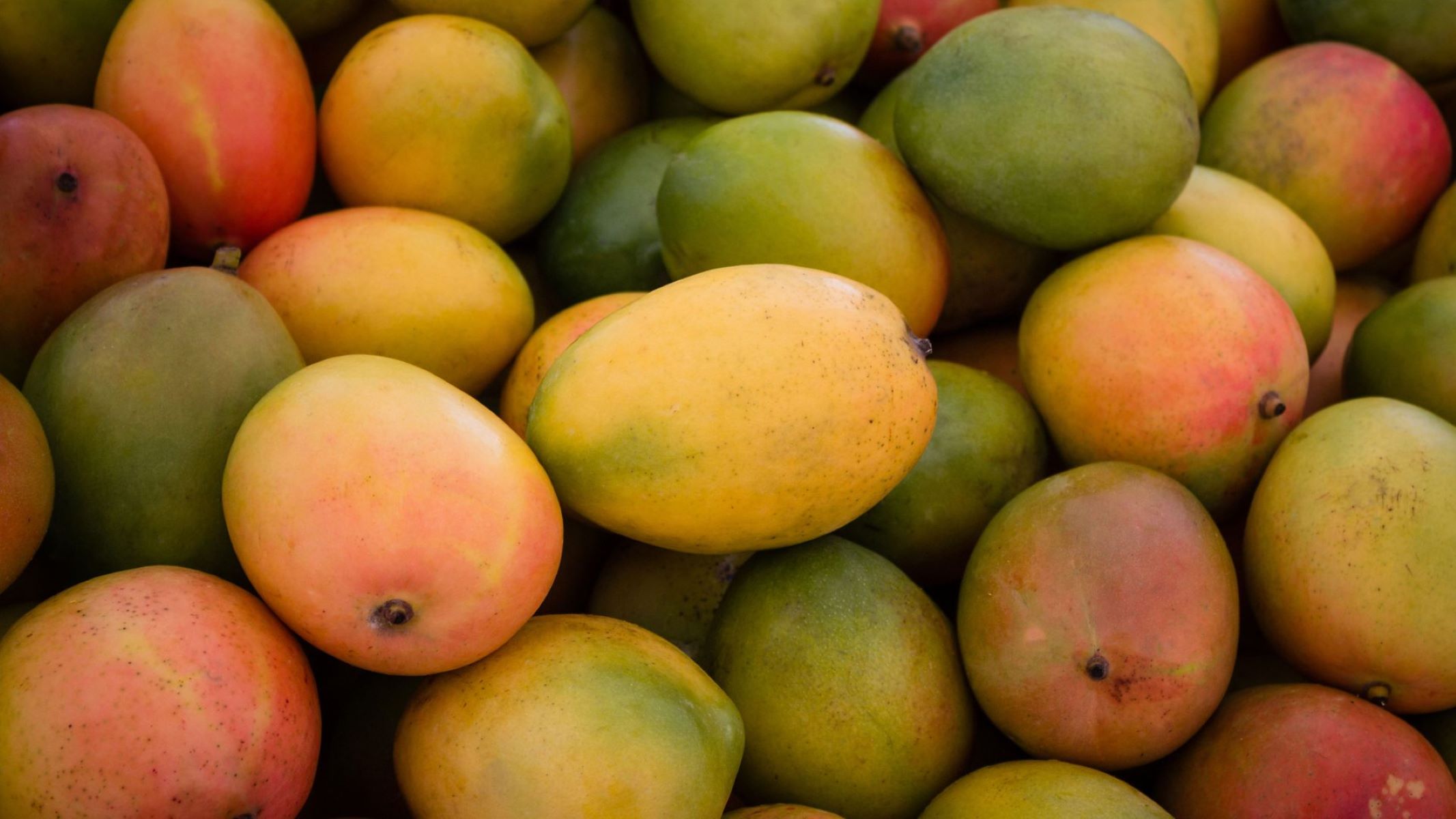
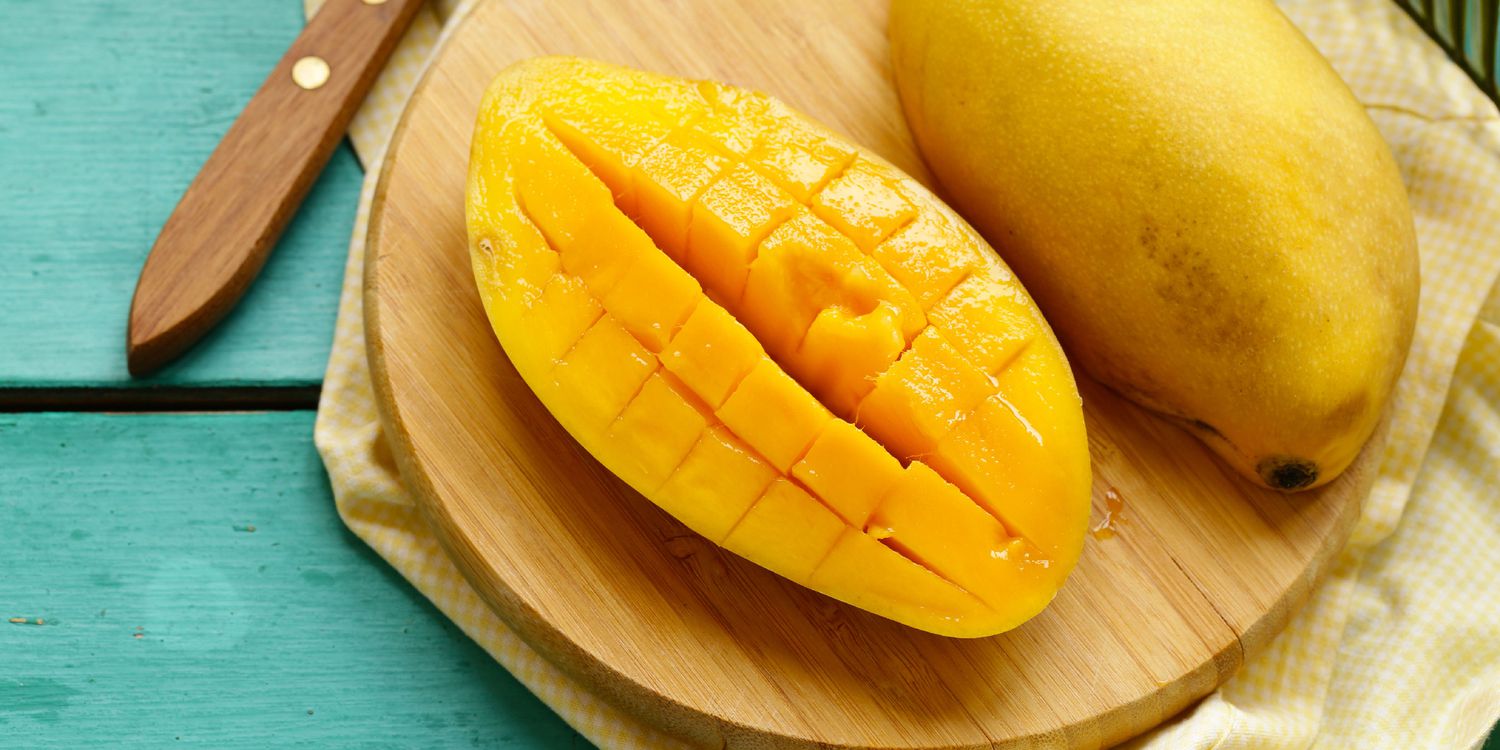
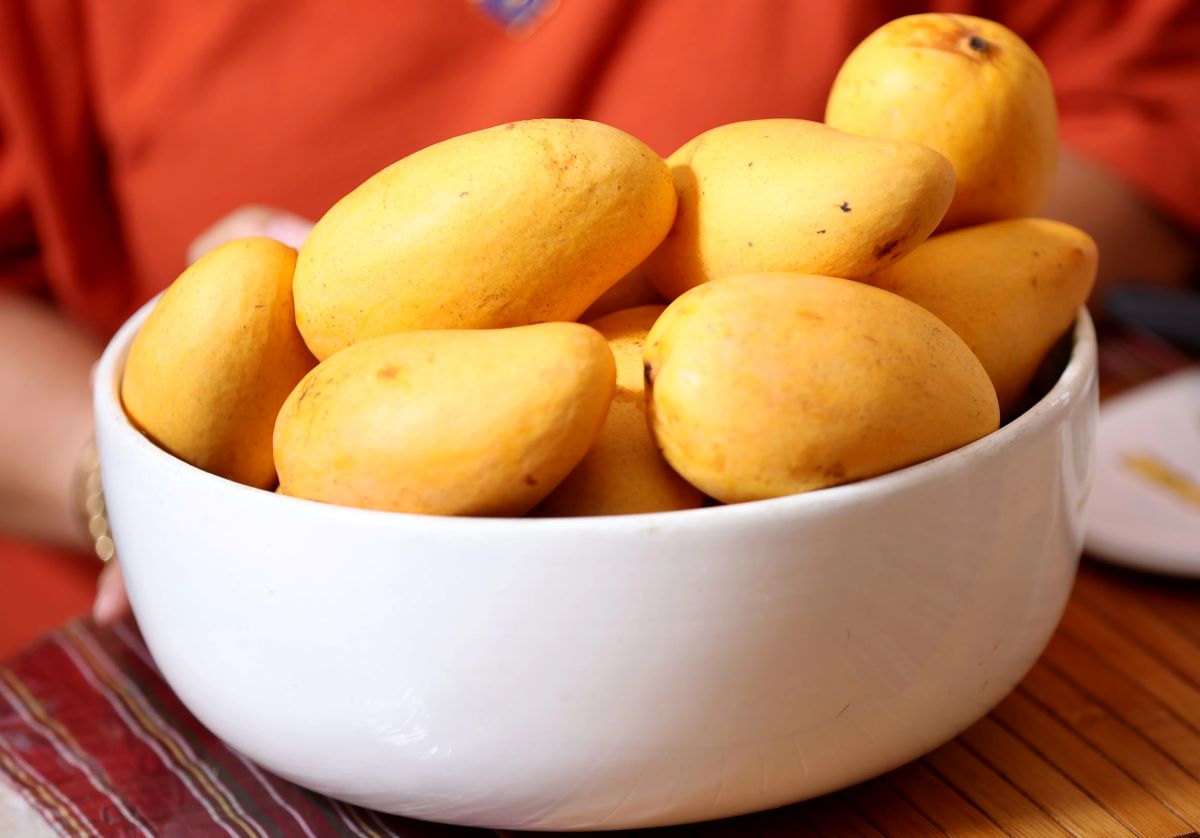
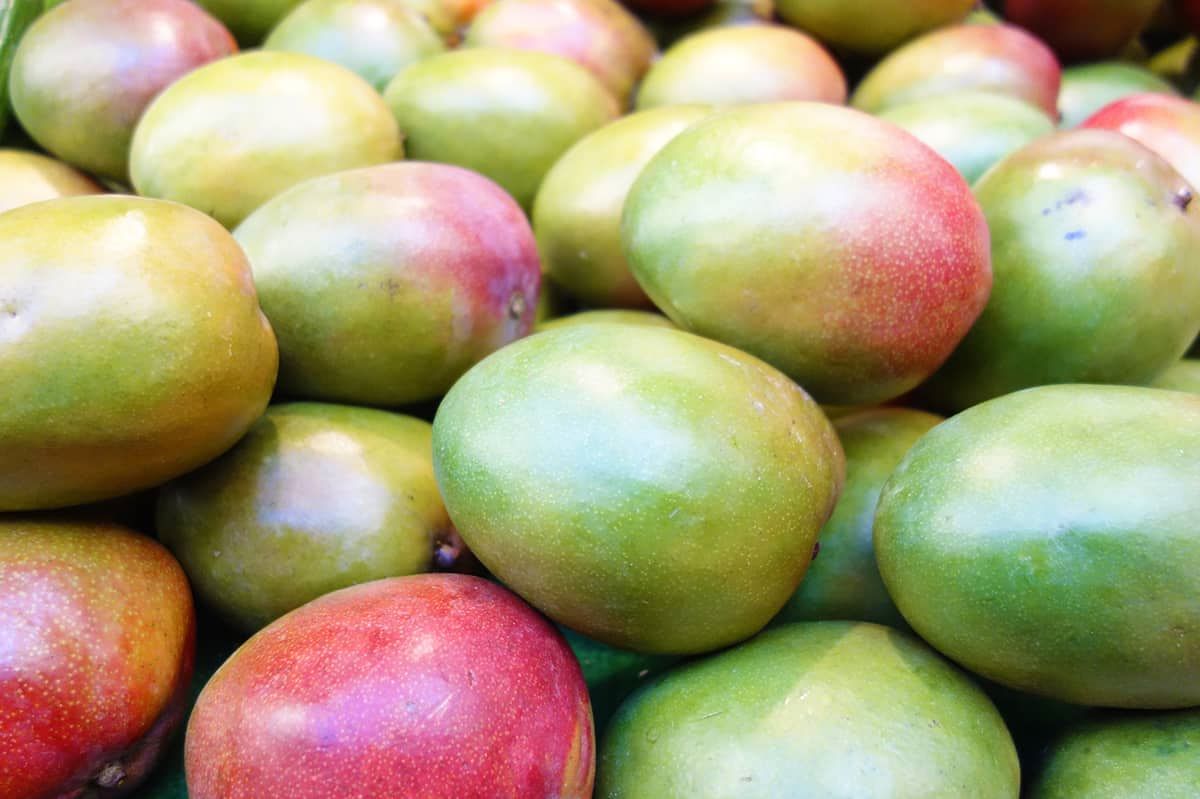
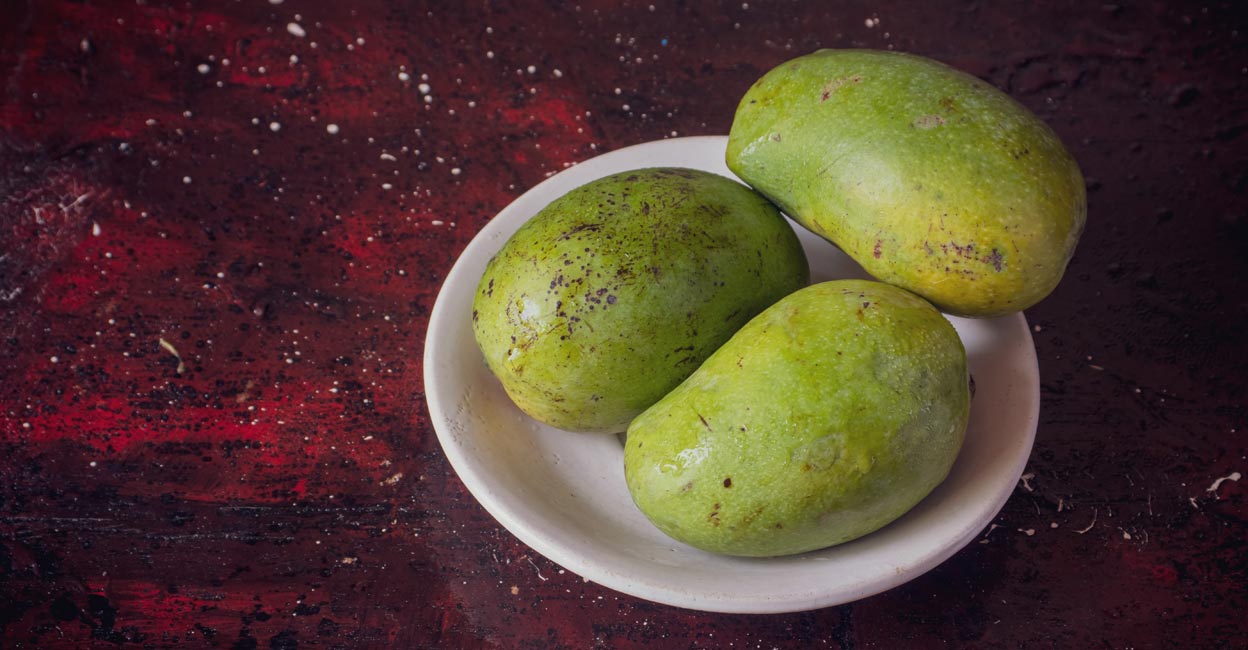
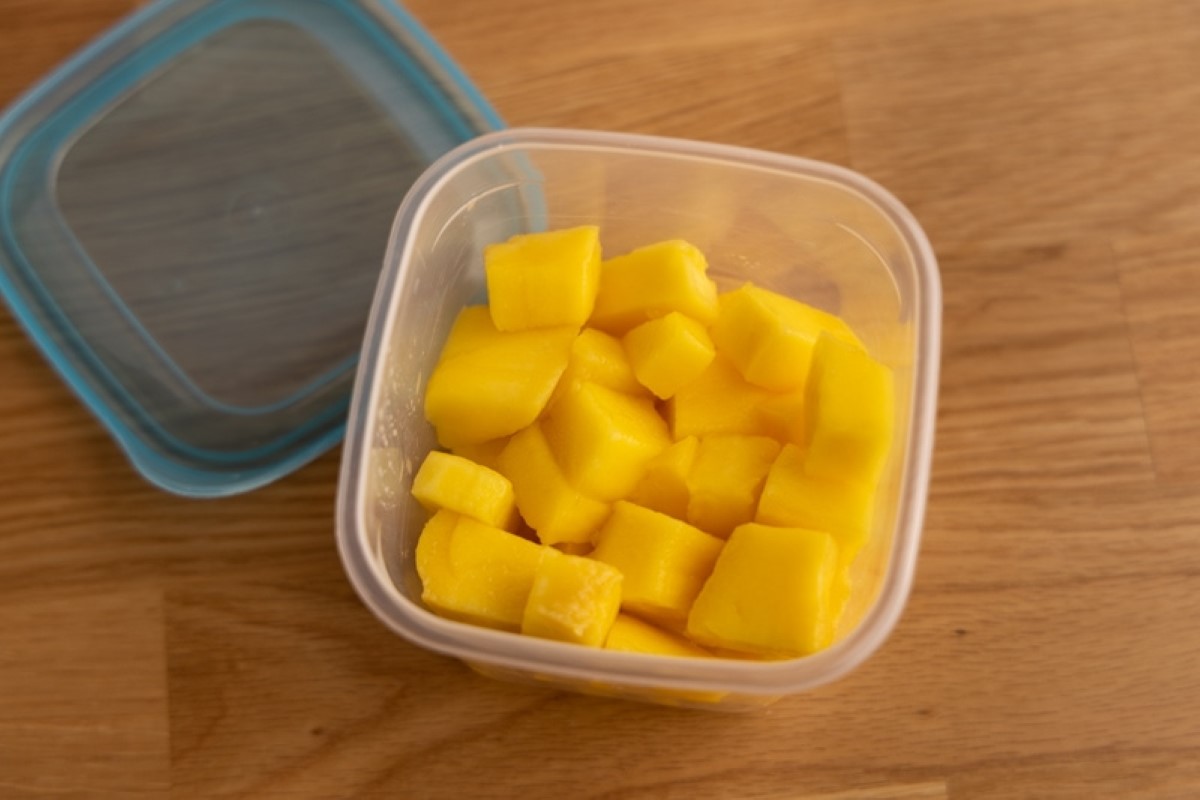
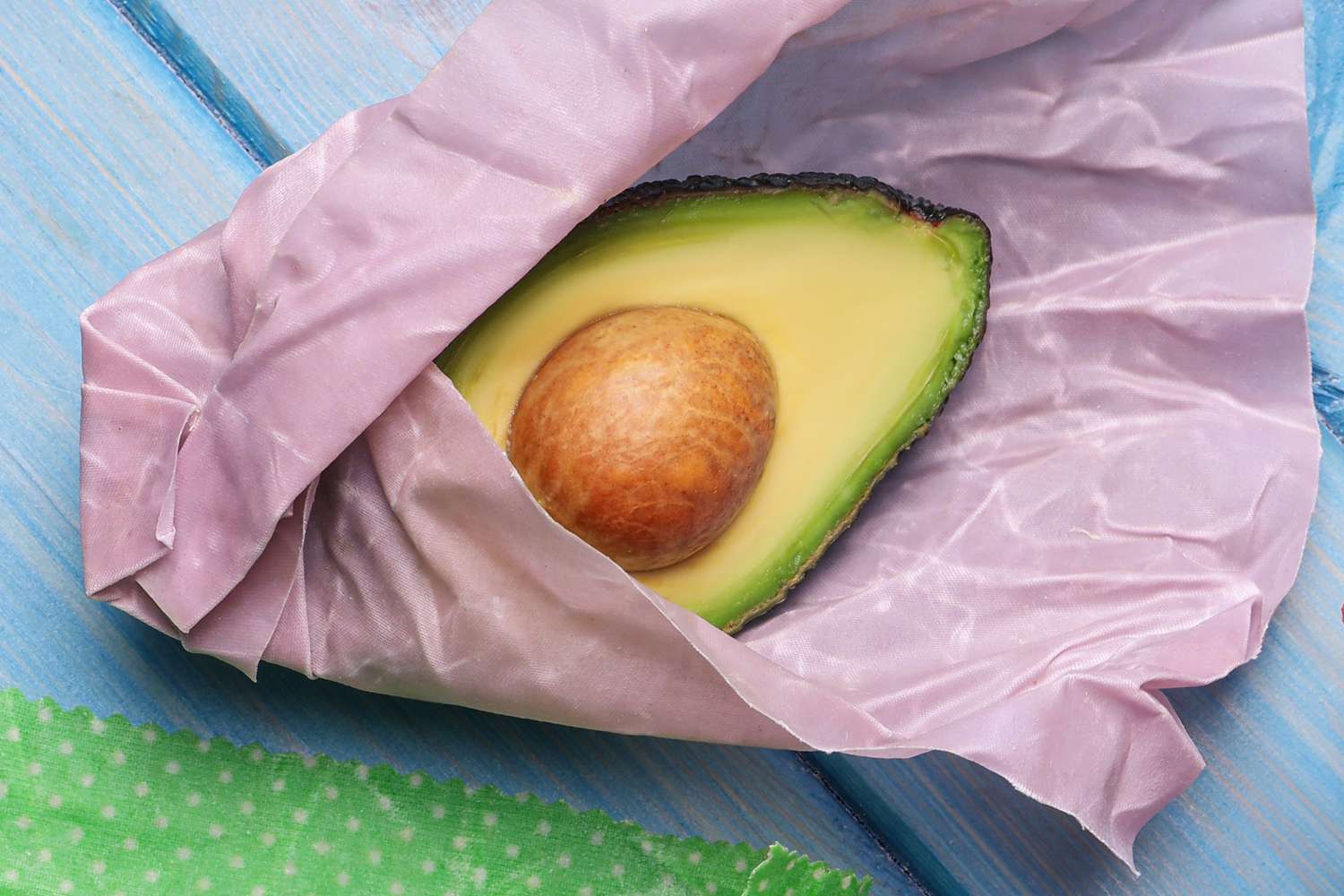

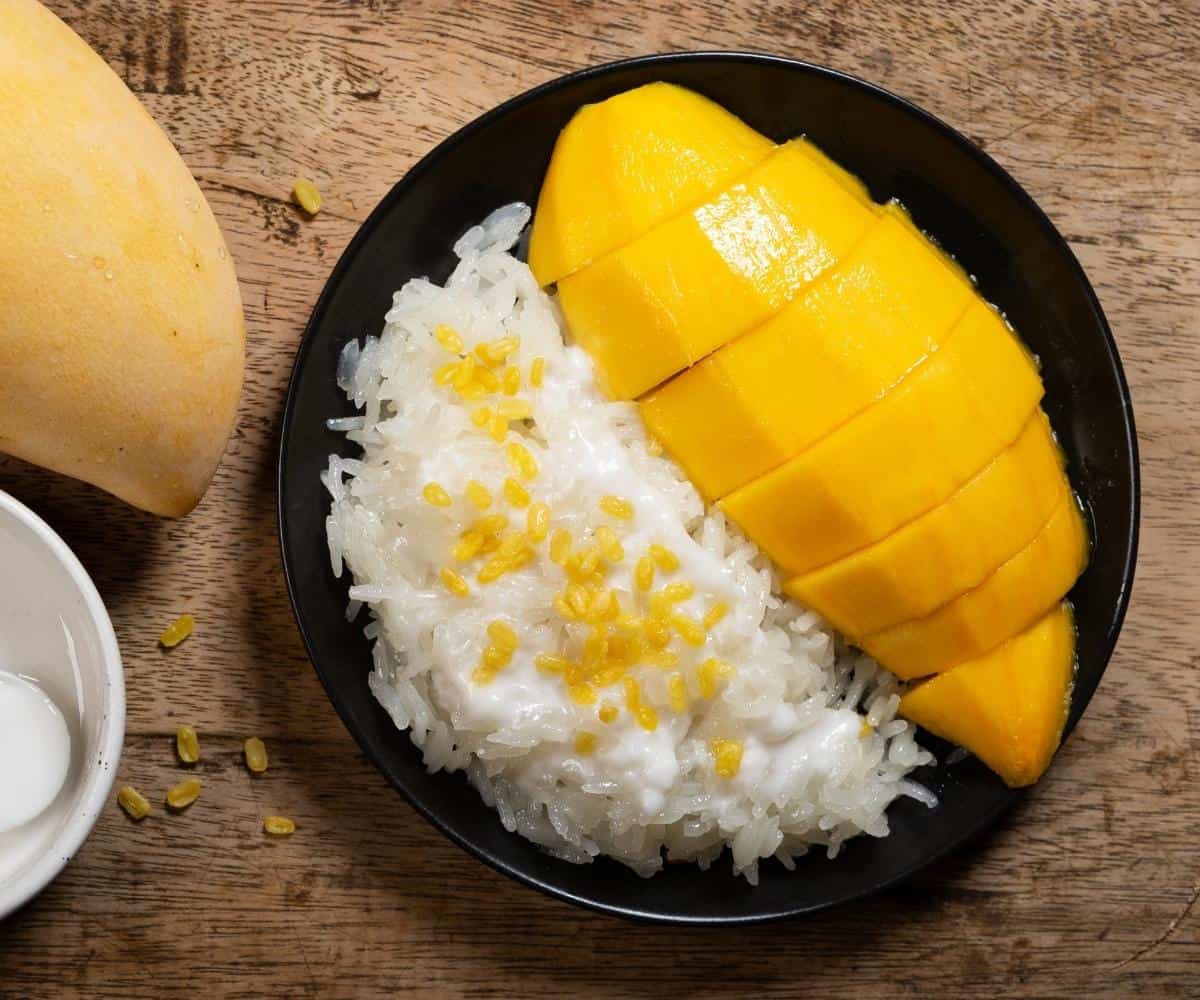
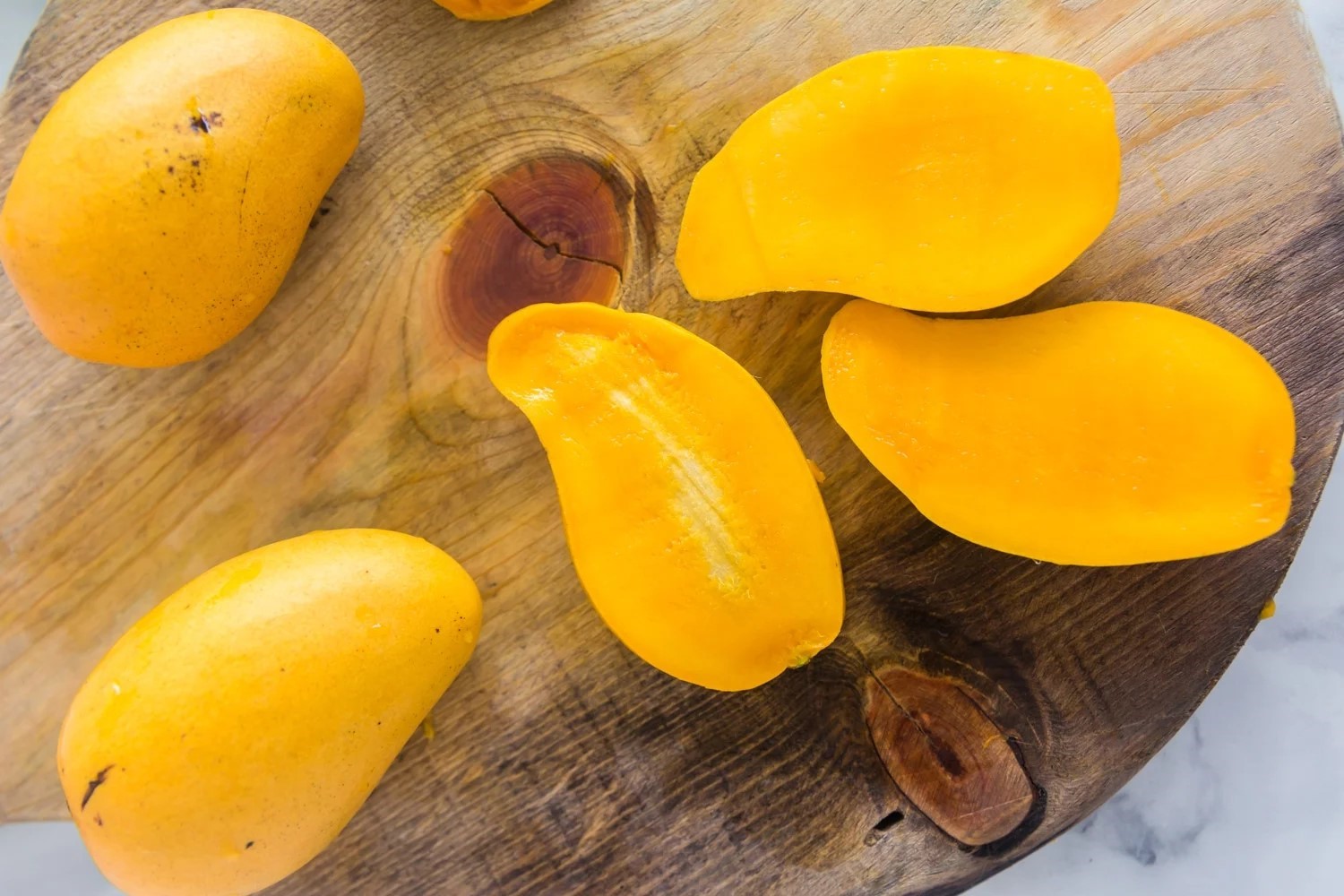
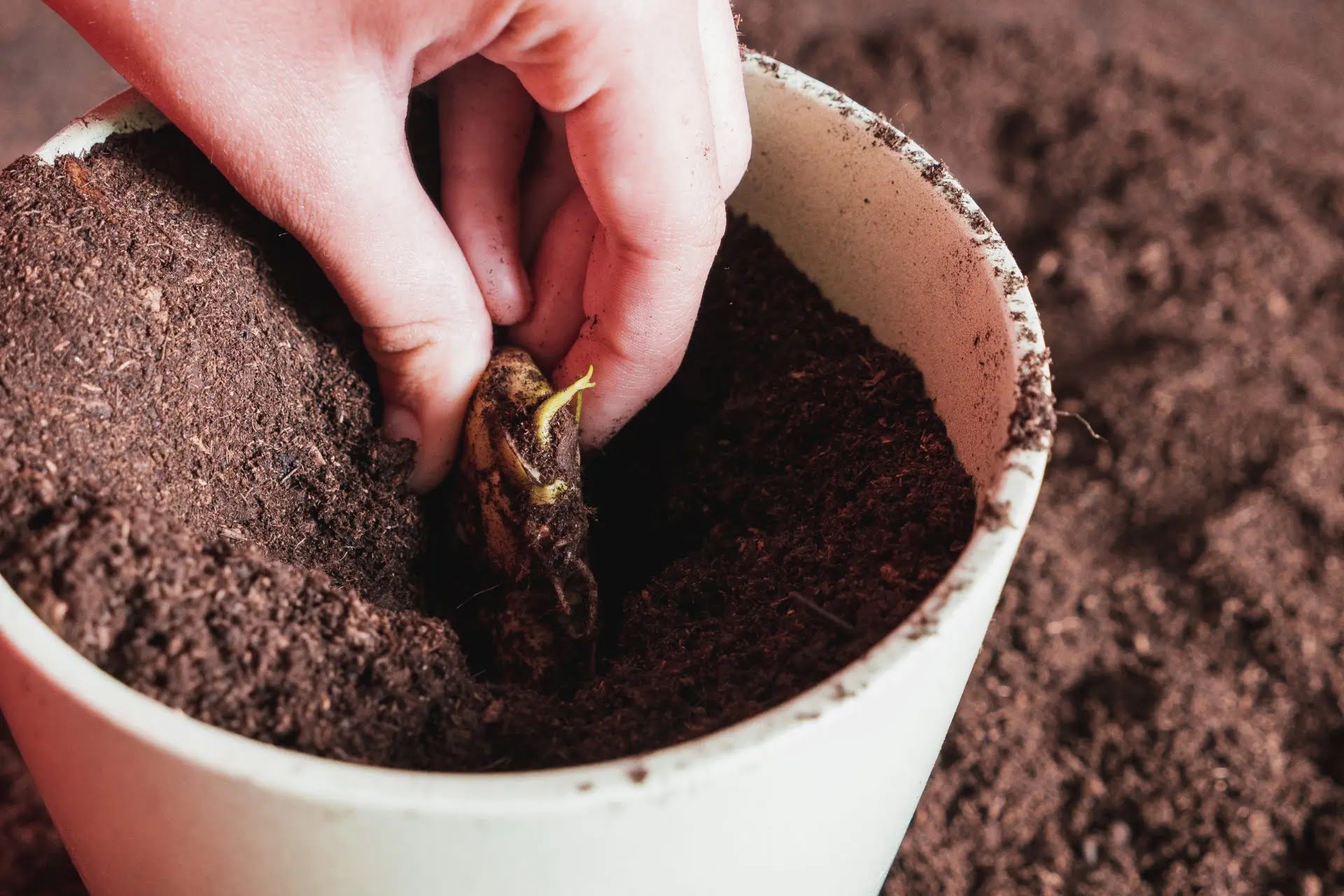

0 thoughts on “How To Store Unripe Mangoes”